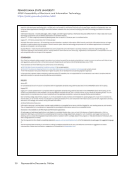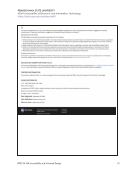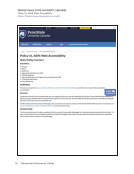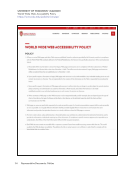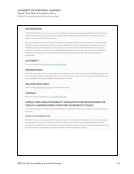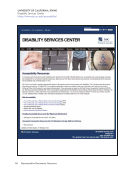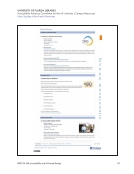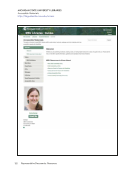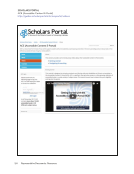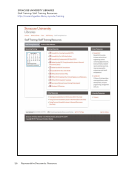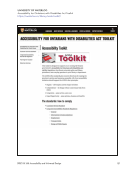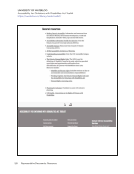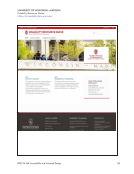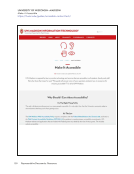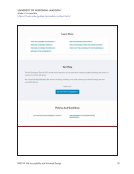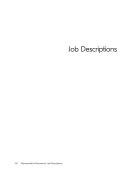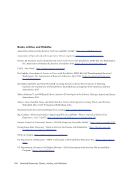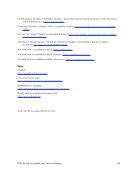42 Survey Results: Survey Questions and Responses Previous employer/institution Staff led training State construction office Webinars 29. Please indicate if your library has implemented Universal Design principles in any of the following areas. Check all that apply. N=53 Implementation Area Always Sometimes Never N Building and renovation projects 16 28 7 51 Space redesign work 17 27 8 52 Furniture and fittings selection 12 33 6 51 Service design 8 32 10 50 UD principle implementation in another area 2 15 12 29 Total number of respondents 19 42 15 53 If your library has implemented Universal Design principles in another area, please briefly describe it. N=8 Content development, online services, publishing Instruction (UD for learning) Meet ADA requirements Most of the space design work is done by a campus design office, not the library. However, I believe that the items listed above are considered by this office regarding UDL/ADA. Service design: online principles applied to digital objects, research guides + tutorials, consultations, teaching practices (learning styles). For virtual reference, there’s been emotional intelligence training. Staff work areas: ergonomic set-ups UDL in instructional spaces and other areas. The university follows the International Building Code for capital projects, all of which are also reviewed with the Office of Disability Services. While library staff may not be fully versed in this, we work closely with various units in Facilities Management on campus (most of the design work is done by them) and they apply universal design principles. 30. Please indicate if your library has applied Universal Design for Learning (UDL) principles in any of the following settings. Check all that apply. N=55 Setting Always Sometimes Never N For-credit classes taught by library staff 1 17 28 46 Non-credit classes taught by library staff 2 30 21 53 Informal training settings (i.e., workshops, orientations, etc.) 1 34 18 53 Online videos and/or tutorials 6 33 13 52 UDL principle applied in another setting 0 12 16 28 Total number of respondents 7 43 31 55





















































































































